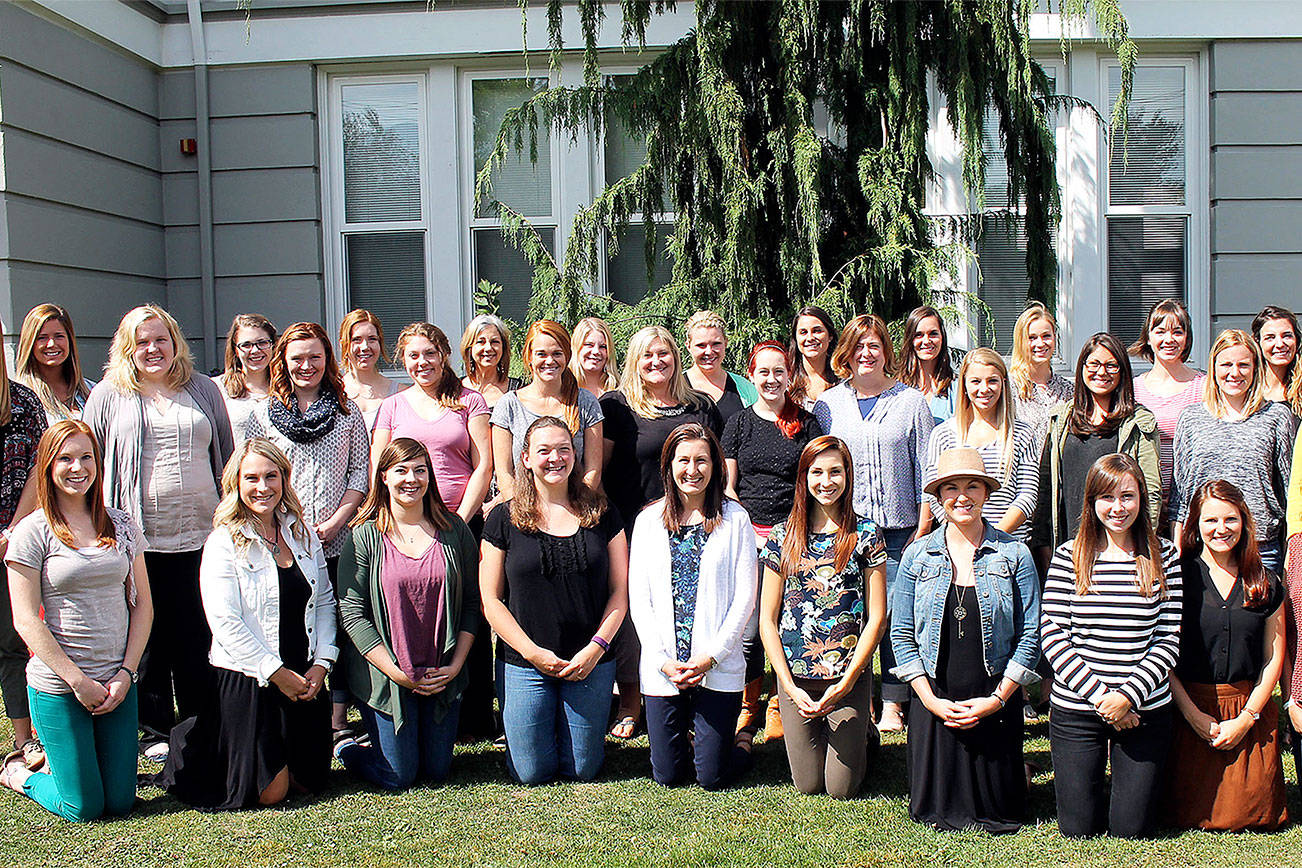Two weeks ago, the Snoqualmie Valley School Board was considering the implications of the state’s updated education funding formula, and expecting to run a levy to pay for, among other costs, the estimated 30 certificated staff members not covered by the state.
Last week, the board learned that the new state funding formula would pay for an additional 40 certificated staff, primarily to reduce class sizes in kindergarten through third grade classrooms. The board also voted to run a $14 million levy next year, because — here’s where it gets complicated — those 40 new teachers don’t actually cancel out the 30 staff members not funded by the state.
“The dollar amount for revenue didn’t change,” explained Snoqualmie Valley School District Assistant Superintendent and Finance Director Ryan Stokes.
The school funding paradigm, though, has changed dramatically, he added. In past years, the state funded approximately 60 percent of a teacher’s base salary. Future state funding will cover most of the staff salaries (excluding some benefits, additional sick days, “supplemental work,” and the 30 previously unfunded, nurses, counselors and instructional coaches the district currently has in place) for both certificated and classified staff.
That funding is earmarked mainly for salaries, and not for supplies, maintenance, school lunch programs, extra-curricular programs and other key school offerings, so calculating the district’s actual need for additional levy revenue against future state funding is a complicated process.
The funding hasn’t changed. By 2019, the district is expecting an additional $16 million in funding from the state. It was only through “a deeper dive into what that $16 million would result in,” Superintendent Joel Aune said, that Stokes discovered the specific details on additional staff to further reduce class sizes.
That deep dive was made at the request of school board members, Aune said, as they considered the amount of the levy measure the district will put before voters in February.
One of the results, an extra allocation earmarked for reducing K-3 class sizes to the state-approved ratio of 17 students per teacher, is awarded to the district only if it hires those additional 25 to 30 teachers.
“And why wouldn’t we take that money and use it to fund teachers to reduce class sizes,” Aune asked.
Whether the district has enough classrooms to house the additional staff remains to be seen, Stokes said. He planned to do a facilities inventory report to the school board in December or January that would, as in past years, itemize available classroom space and future needs. Stokes said that some buildings do have available classrooms, but couldn’t say exactly how many teachers the district could add and house until the inventory was completed.
If portable classrooms are needed by the start of the next school year, the board would need to take action to purchase them early in 2018.
Class size reduction funds are provided by the state to enable districts to hire staff, but not necessarily to add facilities, to reach a preferred ratio of 17 student to one teacher, but Stokes noted, those additional teachers “don’t all have to be in the classroom with the students all day.”
The still-undefined ratio likely would include full-time teachers who see a particular class for only physical education or music, for example.
Currently, the district has an average elementary school class size of 21.1 students. The average ranges from 17.8 in kindergarten to 20.1 in several lower grades, to 25.4 in fifth grade.
The other 10 to 15 staff members that will be attached to specific programming options, such as Career and Technical Education, for increased program offerings.
All of these staff members, though, Aune said, are covered by the state funding formula, not the levy the school board voted on Nov. 8.
What isn’t covered by the new influx of revenue is over $3 million in special education costs, almost $10 million in staff salaries not considered as “basic education” under the new formula, and another nearly $2 million in summer school, highly-capable and bilingual programming, food service, day care and extra-curricular costs.
The operations levy slated to go before voters Feb. 13, would replace the district’s past four-year operations levy which expires at the end of 2018. If approved by a simple majority of voters, the levy would authorize the district to raise $14.25 million through property taxes in 2019, $15.1 million in 2020, $15.95 million in 2021 and $16.9 million in 2022, at an estimated levy rate of $1.50 per $1,000 of assessed valuation — the maximum allowed under the new state funding — in the first year and about $1.45 per thousand each following year.
Stokes and Aune both noted that this levy rate reflects a 70-cent decrease from previous years. It’s made possible, however, by the property tax increases the legislature authorized to fully fund basic education.
The school board also authorized a levy specific to technology updates and improvements throughout the district, also to replace an expiring four-year levy. The proposed new technology levy would raise $4.24 million in its first year, $4.7 million in 2020, $4.8 million in 2021 and $5.25 million in its final year, at a rate of about 44 to 45 cents per thousand of assessed value.
Board member Carolyn Simpson abstained from the board vote on both levy issues.


